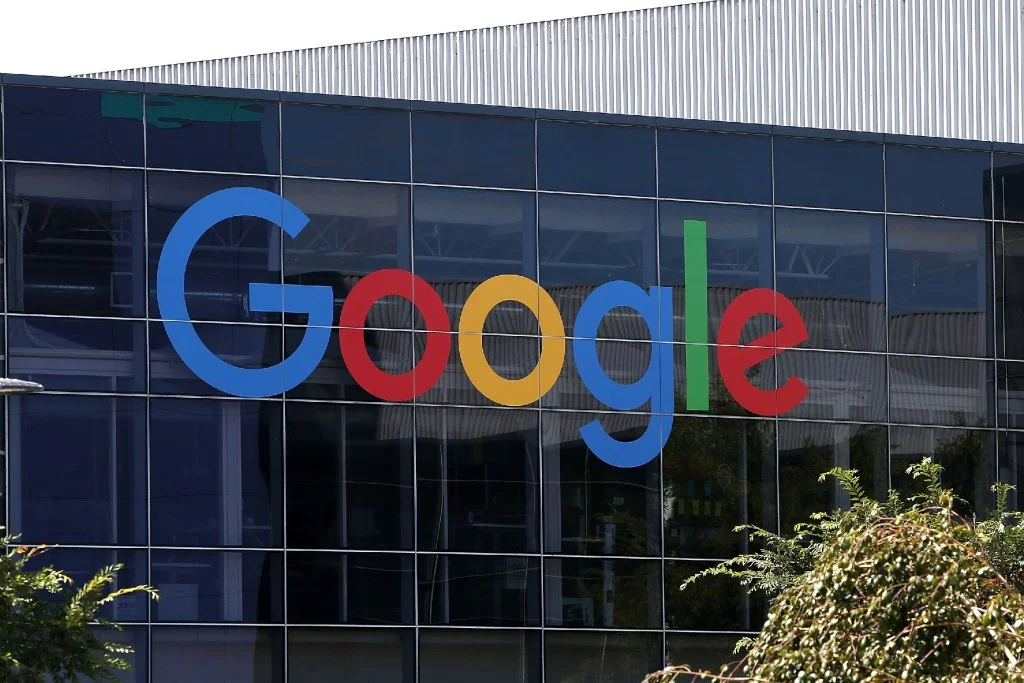
Google Unveils SynthID Detector: A New Weapon in the Fight Against AI Deepfakes
The rise of AI-generated content has brought incredible possibilities, but also significant challenges in discerning what's real and what's not. Google is stepping up its efforts to combat the spread of deepfakes and misinformation with the launch of SynthID Detector, a new verification portal designed to identify content created using Google's AI tools.
Announced recently, SynthID Detector leverages Google’s SynthID watermarking technology to analyze images, videos, audio files, and snippets of text. Users can upload a file to the portal, and the tool will determine whether the entire sample, or parts of it, are AI-generated. This move comes at a crucial time, as the number of deepfake videos has skyrocketed in recent years, increasing by an estimated 550% between 2019 and 2024.

The SynthID system, which imperceptibly marks content as AI-generated, was open-sourced by Google last year. Now, this detector is a user-friendly web portal which should provide increased transparency to end users. After uploading a piece of media to the SynthID Detector, users will get back results that "highlight which parts of the content are more likely to have been watermarked," Google said. That watermarked, AI-generated content should remain detectable by the portal "even when the content is shared or undergoes a range of transformations," the company said.
According to Google, over 10 billion pieces of media have already been watermarked with SynthID since the launch of SynthID in 2023, demonstrating its widespread adoption. The company stated that watermarked, AI-generated content should remain detectable by the portal "even when the content is shared or undergoes a range of transformations".

However, SynthID Detector is not without its limitations. It currently only detects media created with tools that use Google’s SynthID specification. This means that content generated by competing AI platforms, such as those from Microsoft, Meta, and OpenAI, may not be detectable. Google also acknowledges that SynthID can be circumvented, particularly in the case of text.
Google is actively working to expand the SynthID ecosystem through partnerships. Notably, they have teamed up with NVIDIA to watermark videos generated by their NVIDIA Cosmos™ preview NIM microservice. They have also partnered with GetReal Security, a leading content verification platform.
Initially, the detector will support images and audio, with video and text detection capabilities slated to be added in the coming weeks. Google is currently rolling out the tool to early testers, with plans to make it more broadly available in the future. Journalists, media professionals, and researchers can join a waitlist to gain access.
The launch of SynthID Detector marks a significant step towards fostering greater transparency and accountability in the age of generative AI. Will this new tool be enough to stem the tide of AI-generated misinformation? What other measures are needed to ensure a more trustworthy online environment? Leave your thoughts in the comments below!